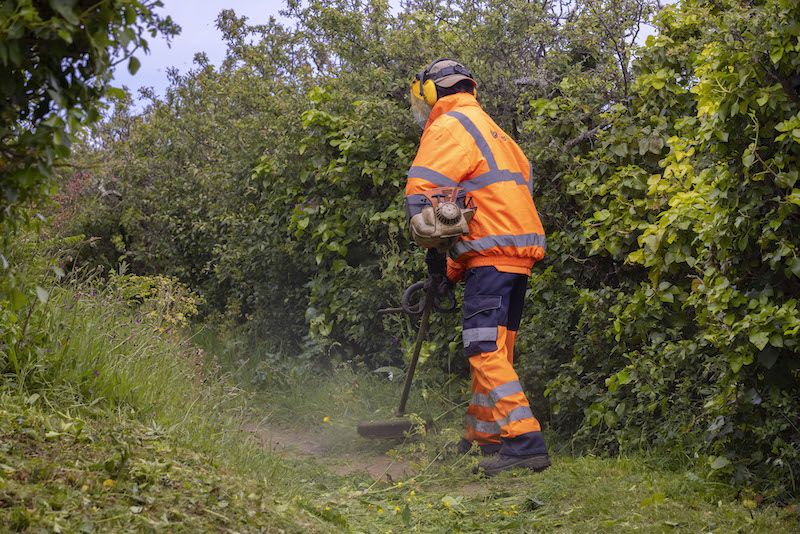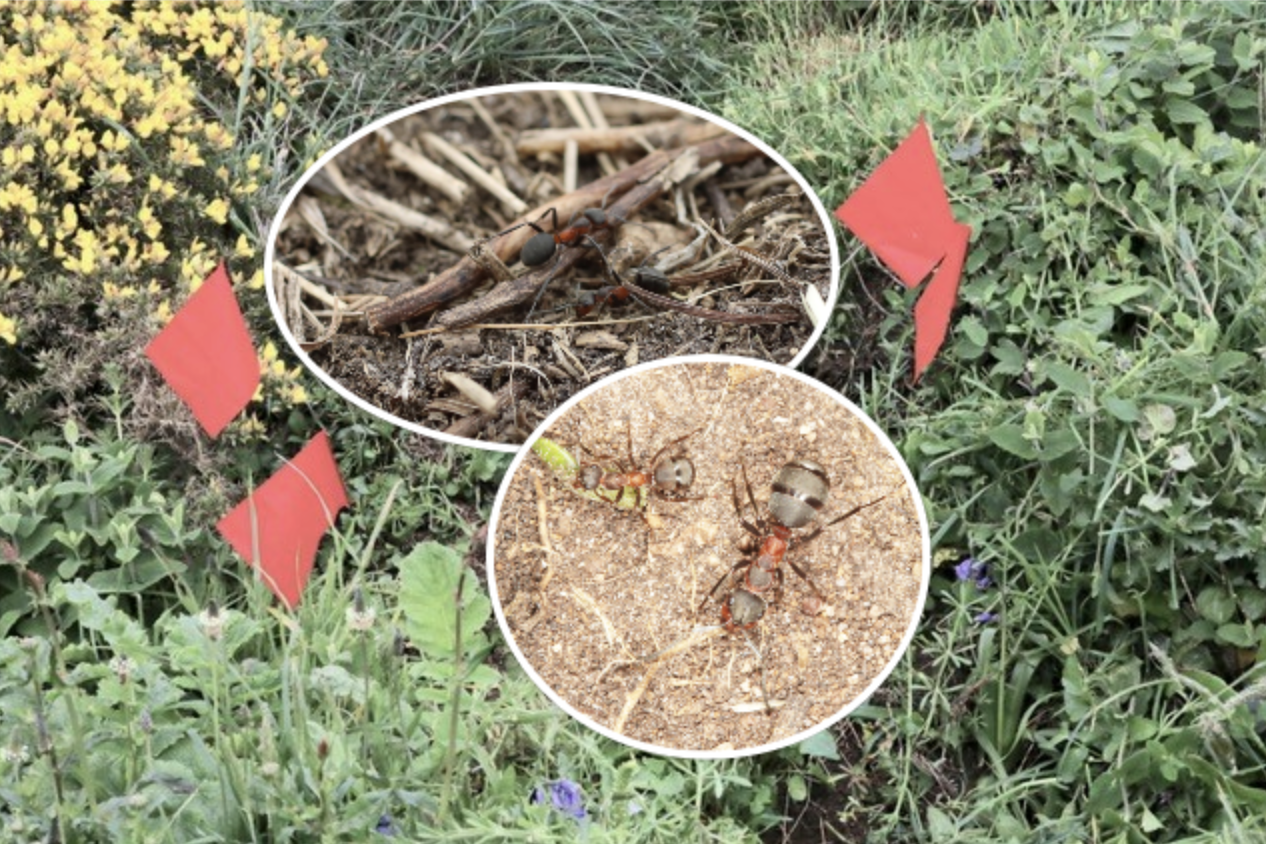


The 2024 programme of vegetation cutting along the verges of the island's cliff path has started in St Peter Port, heading west.
Agriculture, Countryside and Land Management Services (ACLMS) is responsible for managing this maintenance programme, which covers the 28.5 miles of cliff paths between La Vallette and Fort Pezeries.
This includes ensuring those paths are cut twice a year.
The timing means that some plants will be in bloom when they are cut back, but a spokesperson said this in turn improves the seed banks.
"The start location of the cutting schedule rotates through the cliff paths each year to ensure that areas do not get cut at exactly the same time in their growth period in succeeding years," the spokesperson explained.
"Although it is inevitable that some plants will be cut back whilst they are still in bloom, this rotation ensures there is always a well-stocked seed bank from previous years so that future displays of spring flowers are undiminished."
The start of the first cut is decided according to weather conditions which influence the growth of plants, but this generally happens during April, with the first cliff path cut is usually finished by mid-July. This is then repeated, with the second cut completed by around mid-October.
As well as allowing access, the cutting back is said to be beneficial to Guernsey's biodiversity - including plants such as the dwarf pansy, shaggy mouse- ear hawkweed, and early sandgrass - as it stops more aggressive vegetation taking over.
The work is carried out by States Works staff who are described as "very experienced and knowledgeable on the wild plants found on the cliffs".

Pictured: Black-Backed ants are known to be in residence on some of Guernsey's cliff paths.
ACLMS and States Works are also working with the Black-Backed Meadow Ant project again, to ensure the rare species has the chance to thrive.
The ant nests are marked with red flags each year between Pleinmont and Icart so that the cliff path team can give special attention to cutting around the nests.
This large ant is declining and is now extinct in the UK but can be found along Guernsey's south cliffs.
The intention is to increase light and air to the ants which prefer a warmer and drier habitat. This is particularly important following the exceptionally wet conditions during early spring this year.
These ants thrive in permanent grassland and heathlands so without a regular cutting regime on the cliff paths, their habitat would be lost and succeeded by scrubby vegetation.
Comments
Comments on this story express the views of the commentator only, not Bailiwick Publishing. We are unable to guarantee the accuracy of any of those comments.